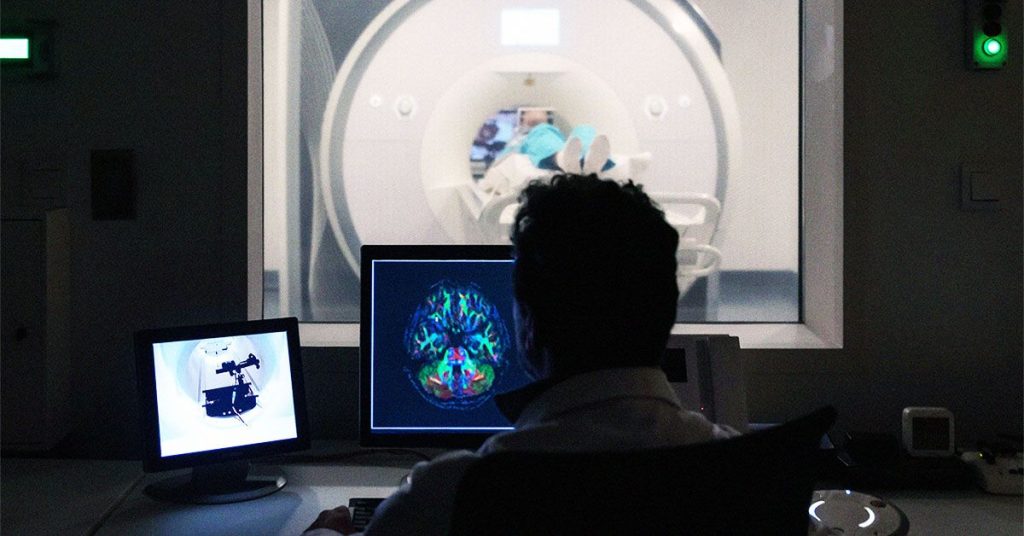A new study conducted by researchers at Queen Mary University of London suggests that a machine learning model can accurately predict the eventual occurrence of dementia up to nine years in advance. The model, which has an accuracy rate of over 80%, focuses on all-cause dementia as well as risk factors for Alzheimer’s disease. By analyzing functional magnetic resonance imaging (fMRI) scans of individuals with and without dementia, the researchers were able to identify changes in the brain’s default mode network (DMN) that signal the onset of dementia. The study, published in Nature Mental Health, found that the model accurately predicted dementia within a two-year window in which diagnosis would occur.
The researchers collected fMRI scans from the UK Biobank, including 81 individuals who developed dementia up to nine years after their scans were taken and 1,030 matched controls for comparison. Using machine learning, they examined disconnects between 10 key regions within the DMN to construct their predictive model. The model also identified associations between DMN disconnectivity and various dementia risk factors such as social isolation and genetic predisposition to Alzheimer’s disease. The hope is that early detection of dementia may one day lead to early interventions that could delay or prevent the onset of the disease.
Dr. Claire Sexton, from the Alzheimer’s Association in the U.S., who was not involved in the study, noted that previous research has linked Alzheimer’s disease to decreased functional connectivity within the DMN. The predictive tool developed by the research team is aimed at detecting all-cause dementia, not just Alzheimer’s, as dementias can manifest differently. While the model tracks various types of brain activity associated with dementia, further research is needed to determine its relevance for rarer forms of dementia such as frontotemporal dementia and Lewy body dementia.
Despite the potential benefits of early detection, neurologist Clifford Segil emphasized the importance of reproducibility in interpreting fMRI scans, as different readers can arrive at varying conclusions with this imaging technique. Sexton listed three limitations of the study, including variability in how DMN disconnectivity is defined and examined across different studies, reliance on clinician coding for diagnosing all-cause dementia, and the lack of diversity in the study cohort from the UK Biobank.
While the development of new models for diagnosing cognitive issues before symptoms appear is promising, the availability of effective treatments for dementia remains a challenge. Segil mentioned that patients identified through early detection tests may undergo more frequent structural MRI scans to monitor anatomical changes correlated with memory loss. However, in the absence of neuroprotective medications, early interventions may help select individuals for future clinical trials once such treatments become available. Marshall, the senior author of the study, expressed hope that their predictive test could assist in identifying suitable candidates for these trials in the future.


